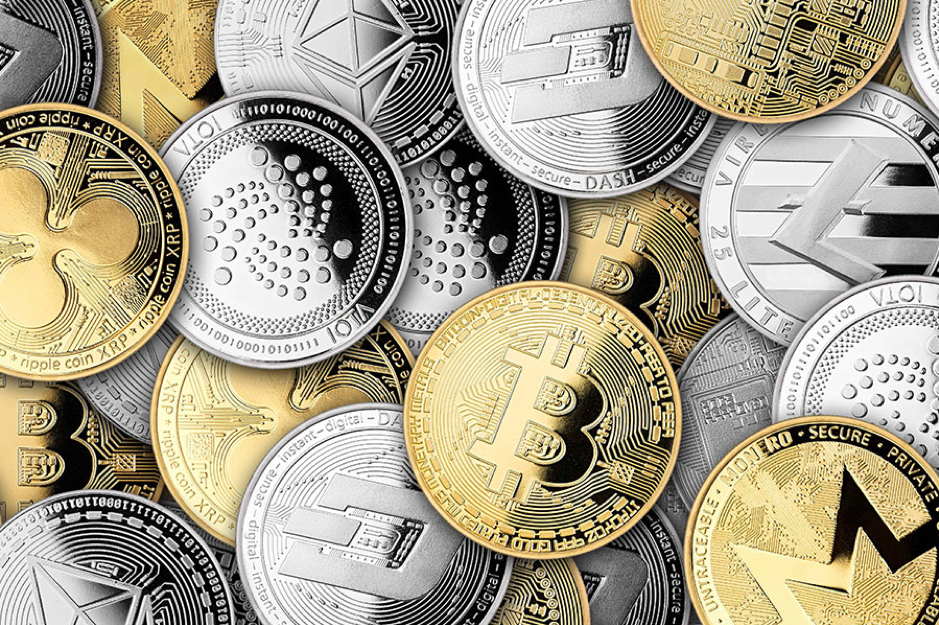Since the launch of Bitcoin in 2009, cryptocurrency—the wild west of the digital age—has seen a rollercoaster of ups and downs. But among all the thrilling highs and heartbreaking lows, one class of cryptocurrency assets—Stablecoins—has emerged as a pillar of stability in this unsettling environment. In this essay, we’ll explore the stablecoin industry, their crucial function in the cryptocurrency ecosystem, and the interesting variety that gives them their unique place in the cryptoverse.
The Safety Net of Cryptocurrency: Stablecoins
The stability of stablecoins offers much-needed protection for cryptocurrency traders and investors in the event that the price of Bitcoin soars into the stratosphere or plummets into the depths. Imagine that you want to cash out on a recent cryptocurrency investment, but the market is raging. Do not worry; stablecoins can help. Examples include Tether (USDT), USD Coin (USDC), and even DAI, a decentralized stablecoin.
It’s important to keep in mind the following:
- Volatility Stability: Stablecoins are intended to keep their value constant and are frequently anchored to fiat currencies like the US dollar. As a result, 1 USDC will always be equivalent to $1, offering stability in the face of the crypto storm.
- Stablecoins provide instant liquidity, allowing you to quickly enter and exit the erratic cryptocurrency market. Convert your assets into a stablecoin when you need to park your money, then you can relax knowing that your money is safe.
- Global Access: Stablecoins provide a link between conventional banking and the cryptocurrency sector, facilitating global access to the advantages of blockchain technology.
The Various Stablecoin Varieties

Stablecoins are not all made equal. There are several forms and variations, each with special traits and applications. Let’s analyze the stablecoin buffet:
- Fiat-Collateralized Stablecoins: These are stablecoins that are backed by reserves of conventional assets like USD, EUR, or even gold. Two excellent examples are USD Coin (USDC) and Tether (USDT).
- Stablecoins that employ cryptocurrency as collateral rather than fiat money are known as “crypto-collateralized stablecoins.” DAI from MakerDAO, for instance, offers decentralization and stability by using Ethereum (ETH) as collateral.
- Algorithmic Stablecoins: These are controlled by algorithms and smart contracts. Through a variety of techniques, such as regulating supply and demand, they seek to preserve stability. One notable instance is Ampleforth (AMPL).
- Stablecoins that combine aspects of the aforementioned categories to offer the best of both worlds include hybrid stablecoins like Terra (LUNA), which combines algorithmic and fiat-collateralized stability.
Positives of Stablecoins
Let’s examine why these digital assets have become so well-known before we delve into the world of Bitcoin wallets for your stablecoins:
- Reduced Volatility: Compared to more established cryptocurrencies like Bitcoin or Ethereum, stablecoins are intended to be less volatile. They are therefore a trusted store of value and perfect for everyday transactions.
- Faster Transactions: When using stablecoins, transactions may be completed quickly and often for less money than they would in a typical banking system. This improves the effectiveness of cross-border transfers and payments.
- Accessibility around the globe: Stablecoins are not constrained by the restrictions of the conventional banking system. They provide financial inclusion for people in areas with weak banking infrastructure since anybody with an internet connection can use them.
Unique Characteristics and Use Cases of Popular Stablecoins
Let’s now examine some of the most well-known stablecoins in more detail, emphasizing their distinctive qualities and potential applications:
- One of the first and most popular stablecoins is Tether (USDT). Its 1:1 peg to the US dollar makes it a popular option for traders looking for price stability in the cryptocurrency market.
- Another fiat-collateralized stablecoin supported by US dollars is called USD Coin (USDC). Because of its strict regulations and frequent audits that ensure openness, it is a reliable choice for both private citizens and institutions.
- DAI: DAI stands out as a decentralized stablecoin as it doesn’t rely on a government or fiat money. Instead, it offers a degree of decentralization that some users find desirable and is backed by a wide range of collateral assets, mostly bitcoins.
- Binance USD (BUSD): Binance’s stablecoin, BUSD, is well-liked for trading pairs on the Binance exchange and delivers quick and safe transactions inside the Binance ecosystem.
Now that you know more about stablecoins and the many types of them, let’s look at the best Bitcoin wallet for holding your stablecoin portfolio.
What Is the Best Bitcoin Wallet for Stablecoins

Having a trustworthy wallet that offers security, accessibility, and simplicity is essential for managing your stablecoin assets. The Ledger Nano S is a remarkable choice. This is why it’s a great option:
- High Security: Because Ledger Nano S is a hardware wallet, your stablecoins are kept offline and out of the reach of potential internet threats. To protect your investments, it has secure chip technology installed.
- Versatility: This wallet supports a large number of stablecoins in addition to a broad variety of cryptocurrencies. Ledger Nano S has you covered whether you have USDT, USDC, DAI, or other cryptocurrencies.
- User-Friendly: Both novice and expert users will find Ledger’s user interface to be simple to use and conducive to managing their stablecoin portfolio.
Stablecoins have completely changed how people think about cryptocurrencies by bringing stability and usability to an otherwise turbulent sector. They may be readily maintained using the best Bitcoin wallet as the Ledger Nano S, and come in a variety of varieties that each cater to certain purposes. Stablecoins and the appropriate wallet may therefore make your experience with digital assets easier and more safe, whether you’re a crypto fanatic or a casual user.










